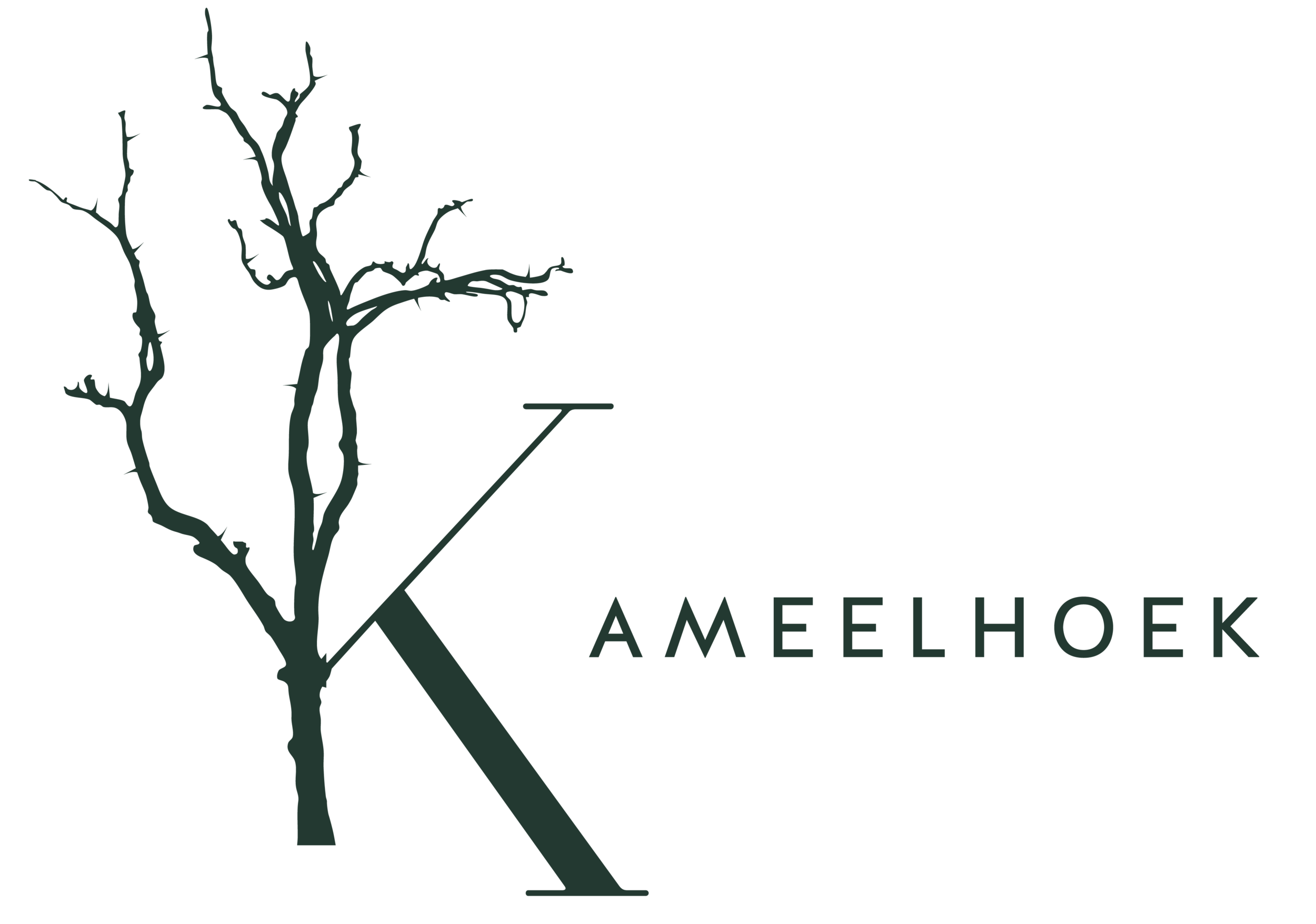Kameelhoek, “camel corner” in English – tells a unique story of a tract of land, over 10 thousand hectares, 25 km south of Kimberley, South Africa.
In truth, Kameelhoek combines three distinguishable landscapes into one. From an old age Camelthorn forest after which it was named, to open grasslands and rocky hills.
It is a tough and resilient region, truly African in its ability to survive. In summer, rainfall can be erratic and temperatures range between -9 deg C in mid-winter to the mid-40s in high summer. It is something of a rough diamond but one which the new owner began to cut and polish two years ago in order to reveal its full potential.
Rehabilitation & Restoration
Initial efforts were to clear Kameelhoek of all its old rubble, wire fencing, and rusted material. Continuous efforts slowly improved environmental conditions and allowed ecosystems to restore The land was then ready for a rebalancing of the food chain ratio along with the restoration of water points. Slowly, small animals found to the farm. The Bat-eared fox began to leave its distinctive tracks in the sand, and the Aardwolf and Black-footed cat found small prey to sustain them. And then the birds returned - the Kori bustard, the striking and colourful Secretary bird, the Namaqua sandgrouse and Southern black korhaan – all sensing a new source of life and that free of hunters, the land would be theirs once more.
It is a tract of land recovering from previous over-exploitation prime , it has attracted special people, people who helped return the land to its pristine state including a ‘horse- whisperer’ who was charged with catching the feral horses that roamed the property for years and who has now become the ‘alpha male’ of a herd of 10.
Conservation & Ecology
Under the stewardship of a resident ecologist, rehabilitated land, perfect for grazing animals, will soon see the introduction of roan, sable, tsessebe antelope, buffalo and the launch of the brown hyena research project. Rehabilitation is no overnight process. Soil heals slowly. Animals return only when there is balance and harmony and sustenance.
Community
What of the community around Kameelhoek? This year sees the launch of the Hunger & Thirst project. One thousand children in the nearby Ritchie community need daily food to ensure that they are strong and fit enough to learn and succeed at school. The project will also create jobs, a critical factor in this remote area of the Northern Cape.
Since 2023, Kameelhoek and Inceba Trust have collaborated to support Early Childhood Development (ECD) centres in Ritchie. Currently operating 7 ECD centres, serving 195 children (between the ages 0-5) with a dedicated team of 29 staff members. The team provides training, resources, and mentorship for ECD practitioners to enhance learning programs and assess children's readiness for school. Additional support includes paediatric first aid training, identifying malnutrition risks, offering breakfast porridge, and training cooks to prepare nutritious meals.
Children receive the Gospel of Jesus Christ during ministry time, caregivers are encouraged to promote early literacy, and fathers are urged to spend quality time with their kids. Inceba Trust aims to prepare preschool children for a hopeful future and create environments that help them thrive by facilitating support for ECD centres, caregivers, and communities in the Western Cape and Northern Cape provinces of South Africa.
With several projects driven by committed and passionate people, Kameelhoek is set to be a catalyst for change.



